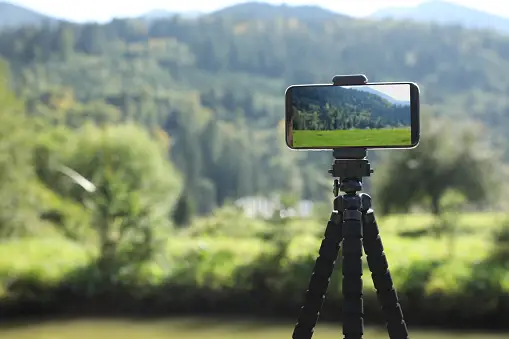Introduction: Long-exposure photography opens up a whole new world of creative possibilities. From capturing silky smooth waterfalls to painting with light in the night sky, long exposures can produce breathtaking and ethereal images. However, to achieve those stunning results, a sturdy tripod is essential. In this blog post, we will explore how a tripod can help you master the art of long-exposure photography.
- Stability and Sharpness: Long-exposure photography involves using slow shutter speeds, often several seconds or more. Any movement during the exposure can result in blurred images. A tripod provides the necessary stability to eliminate camera shake, ensuring your images remain sharp and crisp. With a tripod, you can confidently use longer exposures without worrying about unintentional camera movement.
- Composition and Framing: Long-exposure shots often require careful composition and framing. Using a tripod allows you to take your time in composing the shot, adjusting the framing, and finding the perfect angle. The stability provided by the tripod ensures that your camera stays in place while you make these creative decisions.
- Neutral Density Filters: To achieve longer exposures in bright conditions, neutral density (ND) filters are often used. ND filters reduce the amount of light entering the lens, allowing you to use slower shutter speeds without overexposing the image. When using ND filters, a tripod becomes even more crucial, as the extended exposure times would be impossible to hand-hold without introducing motion blur.
- Remote Shutter Release: For ultimate precision and to minimize any camera shake, consider using a remote shutter release or a self-timer when shooting long exposures. This eliminates the need to physically press the camera’s shutter button, ensuring the utmost stability and reducing the risk of introducing vibrations into the image.
Conclusion: A tripod is an indispensable tool for long-exposure photography. Its stability and ability to keep your camera steady allow you to confidently experiment with slow shutter speeds and capture stunning images with clarity and sharpness. So, grab your tripod, explore different locations, and unleash your creativity through the magical world of long-exposure photography.

